August 16, 2019
A Point of Bipartisan Agreement: We’ve Got Infrastructure Funding Woes
Infrastructure investment by governments is not a new phenomenon – ancient civilizations built roads, canals, and dams as part of their transportation systems, some still standing today. In their wisdom, our Founding Fathers saw interstate commerce as a thread that wove our unique nation together and included the Commerce Clause in our Constitution, calling on Congress’ support. Republicans and Democrats seem to agree on this point: there is a federal role in infrastructure investment and decades of underinvestment have left our nation in need of a large-scale infusion.
Study after study point to the economic multiplier effect of infrastructure investment. According to one conducted by the University of Maryland study in 2014, “infrastructure investments added as much as $3 to GDP growth for every dollar spent.” Study after study also show that our national infrastructure assets require investment. The global consulting firm McKinsey estimates $150 billion annual investment between 2017 and 2030 is necessary to keep abreast of the country’s infrastructure needs.
Seems pretty straightforward, right? Of course it is, but there’s always the pesky little problem of finding a trillion dollars in federal coffers. This brings us back to a point of political strife – will the federal government raise taxes to pay for infrastructure investment? Rely on debt spending? A machination of the two?
In the absence of manna from heaven by way of a bipartisan trillion dollar infrastructure package, what is being done now to address the deficit? The traditional surface transportation funding program comes in the form of a periodic reauthorization that includes formula distribution to states. New to the reauthorization as of 2015 is the Infrastructure for Rebuilding America, or INFRA program. The INFRA program is the first-ever federal freight-focused competitive grant program that was designed to address large-scale projects, which are difficult to fund through traditional distribution methods such as formula programs. Congress called on the U.S. Department of Transportation (USDOT) to evaluate projects on their ability to meet the program’s goals, based on objective, merit-based criteria written into law.
Despite this new program, public investment in our nation’s multimodal infrastructure is chronically inadequate to meet the system’s demands. The INFRA program is grossly oversubscribed. In its most recent funding round (announced July 25), the INFRA grant program received $11.41 in unique requests for every $1 in available funding. 47 states and Puerto Rico, representing 193 applicants, submitted projects, totaling nearly $9.8 billion competing for just $856 million.
USDOT proposed 20 projects to receive funds in its recent announcement, including a handful designed to improve intermodal freight movements. For example, the Maryland Department of Transportation will be awarded $125 million to raise the vertical clearance of the Howard Street Tunnel in Baltimore to facilitate movement of CSX double-stack trains on an important freight rail corridor. Further south, PortMiami will be awarded $8 million to rehabilitate and create new capacity on the Seaboard Marine Terminal under its Bulkhead Rehabilitation and Capacity Expansion Project.
The INFRA program is heavily focused on making investments in highways, and of the $4.5 billion available over five years, just $500 million can be invested in rail and intermodal projects. Four non-highway freight projects were among those announced in late July. These projects will receive $67.5 million in non-highway funding.
This round of awards continues the Administration’s emphasis on investment in rural infrastructure. Projects located in rural areas won 54 percent of total funding – more than doubling the statutory obligation of 25 percent. This trend of disproportion leaves needs in several of the nation’s key freight hubs to languish. Of course, the pendulum could swing in the opposite direction under an Administration with different priorities – but the underlying problem remains: the current level of federal infrastructure investment is simply inadequate. Unless this problem is corrected, we all lose.
Add new comment
2025 PARTNERS
A special thank you to our premium level partners for your continued support.





.png)
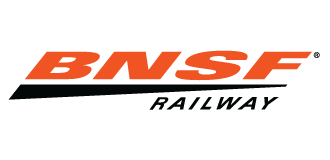


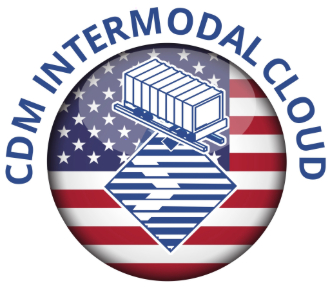







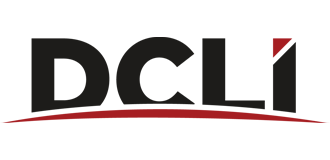












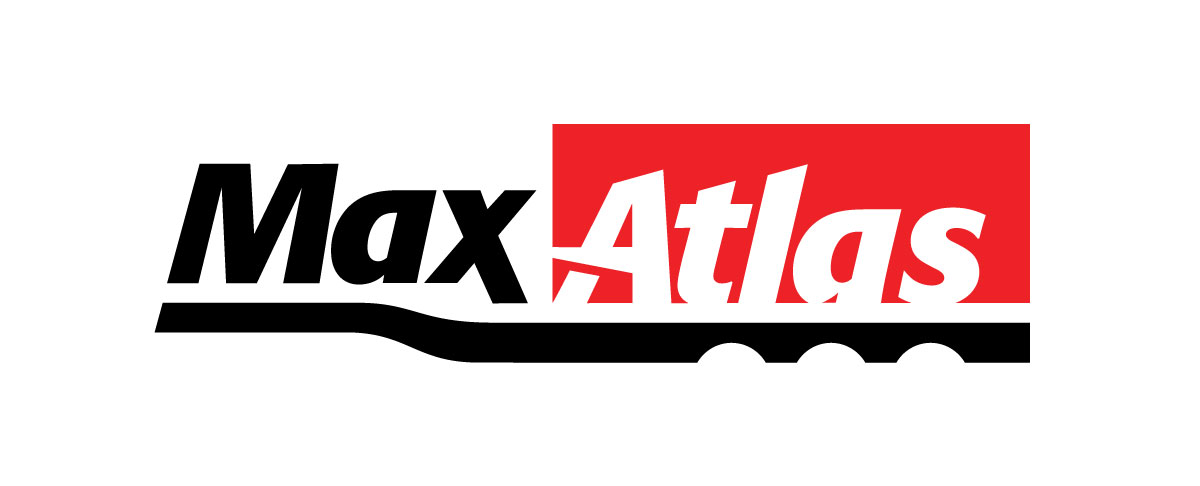



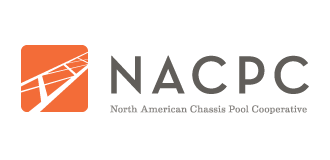

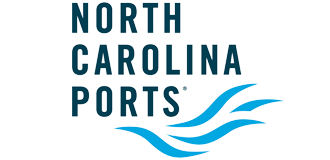




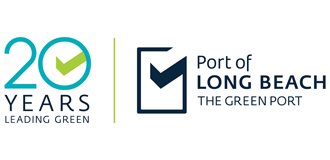







Comments